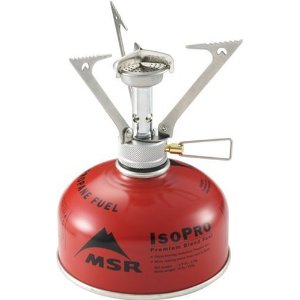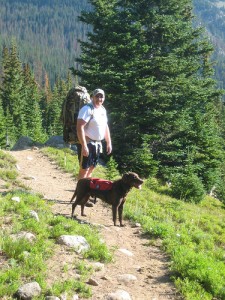In my previous post I wrote about what I do to get my gear ready for the upcoming season. In this post I am going to write about what I do to get ready.
I am 37 years old. Not young and not old, but my body doesn’t quite perform the way it did when I was 18 and even though it may not perform as well at 67 as it does today, I still want it to perform. All types of hunting are very important to me and I want to be sure that when I quit hunting it is because I am ready and not because my body is failing me pre-maturely. For this reason I exercise!
I will put this disclaimer in just to CYA:
Please do not start any type of training routine without consulting with your doctor first!
Now that being said, I am tired of seeing people give up on the things that they enjoy because they are too lazy to get off of the couch and spend the hour a day that it takes to maintain a routine workout program. I am not a professional, but I think that a good work out routine should include cardio of some type. I prefer to run or walk, but bicycling is a good alternative. The reason I prefer walking or running is because you are giving your feet a good workout as well. You could be the strongest person in the world, but if your feet can’t get you there you are as handicapped as a person in a wheel chair (no offense). Next, I believe that you must lift weights. I am not talking about going to the gym and putting up as much iron as you can. I am talking about low weight and a lot of repetitions. You ask why do I need to lift weights when I am going to be hunting, not lifting cars? Well, if you have ever had to shoot off hand or had to carry your rifle for miles or even gut an animal, you have got your answer. Hunting is a physical sport and it takes a toll on your body. If you are not in shape, you will not enjoy your hunt. I hear people say “ Well if you shoot one down there, you might as well take a knife and fork with you, there is no way I am going down there!†Those are also some of the people that ride up to you on their ATV and say “I have driven all over this country and I haven’t seen anything.†I hunt here in Colorado, and while there are elk taken right off the road every year, the majority of elk are taken in remote places that require a lot of effort to get into. So my advice is to be in shape, so that you will improve your chances of bagging your animal and enjoying your hunt.
Shoot, shoot, and shoot some more! Be an ethical hunter. Spend time at the range and sight in your rifle. Then practice shooting from various positions and at different distances. Make sure that your rifle is properly taken care of. Check your scope rings for dents and dings. Be sure and check that the screws are tight. Make sure that if you fell with your rifle last season that you did not damage anything. This is the time of year to do it. Your rifle is a tool for hunting and you want to be sure that when the moment of truth comes that you do not fail because of your equipment. I have missed shots on animals a few times, but I always know that the reason I miss is not because of my equipment, but because I was not able to come through with the shot. Most of the time it was because I did not follow my own advice and did not spend the time at the range to become a better and more accurate shooter. But at least I know that it was not my firearm. Also, if you don’t have one, this is a good time to put together a cleaning kit to take to the field with you. This is a good time if you reload to work up some more hand loads and try new bullets if you haven’t found the one that works as well as you would like it in your rifle. All that I have said applies to Archery and Muzzle loader hunters as well.
Go through all of your equipment and hunting apparel this summer and make sure that it is in good working shape and that it is clean and ready for your next outing. Doing it now, a little at a time will save you a lot of last minute hassles when your season comes around. I am sure that I may have missed some things. If you have anything to add that helps you get ready for the next season, please let me know.









